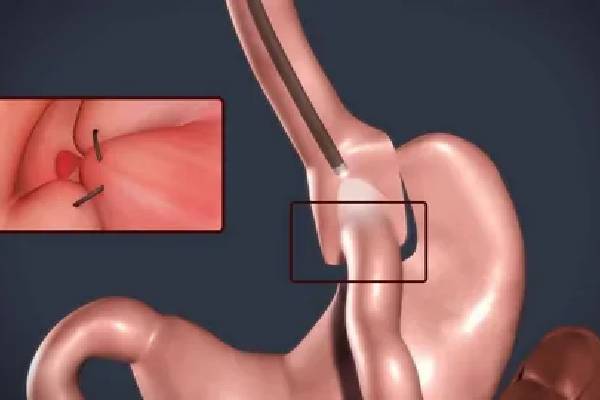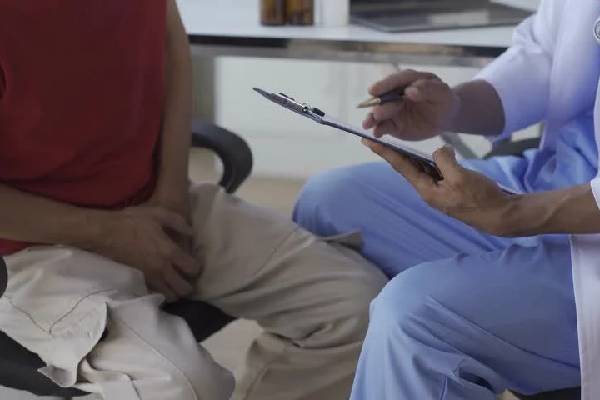When it comes to managing respiratory conditions at home, oxygen concentrators have become an increasingly popular choice. But how efficient are they really? In this blog, we will explore the effectiveness of using an oxygen concentrator for home use, how it compares to other oxygen delivery methods, and whether it’s the right choice for you or your loved ones. By the end of this article, you’ll have a comprehensive understanding of the benefits and limitations of oxygen concentrators, particularly focusing on popular models like Inogen.
The Basics of Oxygen Concentrators
What is an Oxygen Concentrator?
An oxygen concentrator is a medical device that provides supplemental oxygen to individuals who need it. Unlike oxygen tanks, which store oxygen in compressed form, an oxygen concentrator pulls in air from the environment, filters out nitrogen, and delivers concentrated oxygen to the user. This makes it a convenient and often more sustainable option for those who require long-term oxygen therapy.
How Does it Work?
The operation of an oxygen concentrator is relatively straightforward. The device draws in ambient air, which is composed of approximately 21% oxygen and 78% nitrogen. Through a process known as molecular sieve technology, the concentrator filters out nitrogen, allowing oxygen to pass through. The resulting output is oxygen-rich air, typically ranging from 90% to 95% oxygen purity.
Types of Oxygen Concentrators
There are two main types of oxygen concentrators: stationary and portable. Stationary oxygen concentrators are larger and provide a higher flow rate of oxygen, making them suitable for continuous use at home. Portable oxygen concentrators, like the Inogen models, are smaller, battery-operated, and designed for use on the go. Each type has its unique advantages depending on the user’s lifestyle and medical needs.
The Efficiency of Home Oxygen Concentrators
Oxygen Concentrator vs. Oxygen Tanks
One of the primary considerations when choosing an oxygen delivery system is efficiency. Oxygen tanks are commonly used, but they have limitations, such as the need for regular refilling and the potential hazard of handling compressed gas. On the other hand, an oxygen concentrator for home use offers continuous oxygen production as long as it’s plugged into a power source.
Continuous vs. Pulse Flow
Oxygen concentrators can deliver oxygen in two ways: continuous flow and pulse flow. Continuous flow provides a steady stream of oxygen, while pulse flow delivers oxygen only when the user inhales. For many patients, pulse flow is sufficient and more efficient because it conserves oxygen and extends battery life in portable models like Inogen. However, some patients with more severe conditions may require continuous flow, which is typically available in stationary units.
Oxygen Purity and Delivery
The efficiency of an oxygen concentrator for home use also depends on the purity and delivery rate of the oxygen. Most concentrators deliver oxygen at a purity level of 90% to 95%, which is generally sufficient for most users. The delivery rate, measured in liters per minute (LPM), can vary, and it’s crucial to choose a model that meets your specific oxygen needs. Devices like the Inogen are known for their reliable oxygen purity and customizable delivery settings.
Advantages of Using an Oxygen Concentrator at Home
Cost-Effectiveness
Over time, an oxygen concentrator for home use can be more cost-effective than using oxygen tanks. While the initial investment in a concentrator may be higher, the ongoing costs are lower since there is no need for refills. This makes it a financially sustainable option for long-term oxygen therapy.
Convenience and Portability
One of the standout features of portable oxygen concentrators, such as the Inogen, is their portability. These devices are lightweight, easy to carry, and can operate on battery power, making them ideal for active users who need oxygen on the go. This convenience allows users to maintain their lifestyle without being tethered to a stationary oxygen source.
Safety and Reliability
Oxygen concentrators are generally considered safe and reliable for home use. Unlike oxygen tanks, which pose a risk of explosion if not handled properly, concentrators produce oxygen as needed, reducing the risk of accidents. Additionally, modern devices are equipped with alarms and monitoring systems that alert users to any potential issues, such as low oxygen levels or power failures.
Limitations and Considerations
Power Dependency
One of the main limitations of an oxygen concentrator for home use is its dependency on electricity. In the event of a power outage, the concentrator will not function unless connected to a backup power source, such as a generator or battery pack. This can be a concern for users in areas prone to electrical disruptions.
Noise Levels
While many modern oxygen concentrators are designed to operate quietly, some users may still find the noise level bothersome, especially during sleep. Devices like the Inogen have made significant advancements in reducing noise, but it’s important to consider this factor when choosing a concentrator.
Oxygen Flow Limitations
Portable oxygen concentrators, despite their convenience, may not be suitable for users who require high-flow oxygen. Most portable models, including Inogen, offer a maximum flow rate of 2 to 3 liters per minute, which may not be sufficient for all patients. It’s essential to consult with a healthcare provider to determine if a portable concentrator meets your oxygen needs.
Conclusion
In conclusion, an oxygen concentrator for home use offers a highly efficient and convenient solution for individuals requiring long-term oxygen therapy. Devices like the Inogen provide the flexibility of portability without sacrificing the quality of oxygen delivery. However, it’s important to consider factors such as power dependency, noise levels, and oxygen flow limitations when choosing the right oxygen concentrator for your needs. By understanding these aspects, you can make an informed decision that ensures you or your loved one receives the best possible care at home.







Leave a comment
Your email address will not be published. Required fields are marked *